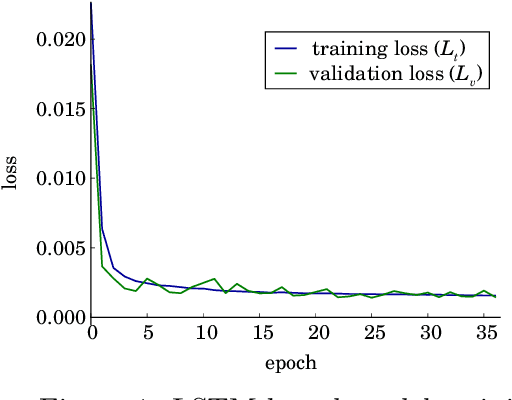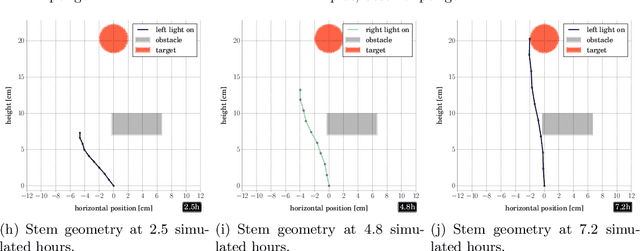A Robot to Shape your Natural Plant: The Machine Learning Approach to Model and Control Bio-Hybrid Systems
Paper and Code
Apr 19, 2018


Bio-hybrid systems---close couplings of natural organisms with technology---are high potential and still underexplored. In existing work, robots have mostly influenced group behaviors of animals. We explore the possibilities of mixing robots with natural plants, merging useful attributes. Significant synergies arise by combining the plants' ability to efficiently produce shaped material and the robots' ability to extend sensing and decision-making behaviors. However, programming robots to control plant motion and shape requires good knowledge of complex plant behaviors. Therefore, we use machine learning to create a holistic plant model and evolve robot controllers. As a benchmark task we choose obstacle avoidance. We use computer vision to construct a model of plant stem stiffening and motion dynamics by training an LSTM network. The LSTM network acts as a forward model predicting change in the plant, driving the evolution of neural network robot controllers. The evolved controllers augment the plants' natural light-finding and tissue-stiffening behaviors to avoid obstacles and grow desired shapes. We successfully verify the robot controllers and bio-hybrid behavior in reality, with a physical setup and actual plants.
 Add to Chrome
Add to Chrome Add to Firefox
Add to Firefox Add to Edge
Add to Edge